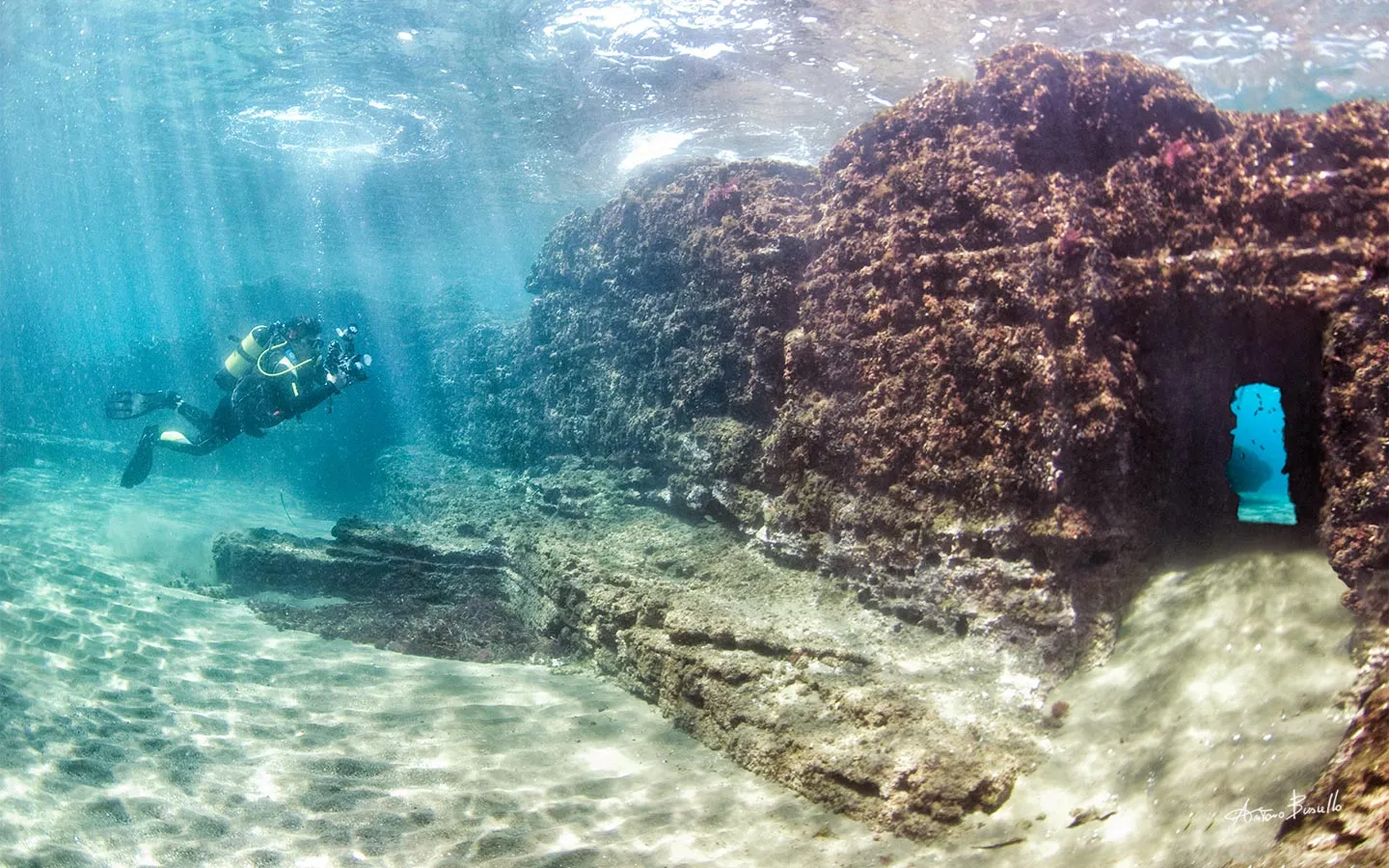Gorillas, the largest of the great apes, captivate with their impressive size, complex social structures, and remarkable intelligence. Native to the forests of Africa, these magnificent creatures are not only fascinating to study but also crucial to the health of their ecosystems. Let’s delve into the world of gorillas, exploring their unique characteristics, behaviors, and the ongoing efforts to ensure their survival.
1. Understanding Gorillas: Species and Habitats
Gorillas are divided into two main species, each with distinct characteristics and habitats:
- Eastern Gorillas: Found in the forests of the Democratic Republic of Congo, Uganda, and Rwanda, Eastern Gorillas are further classified into two subspecies: the Mountain Gorilla and the Eastern Lowland Gorilla. The Mountain Gorilla, known for its impressive size and dense fur, inhabits the high-altitude forests of the Virunga Mountains.
- Western Gorillas: Native to Central Africa, Western Gorillas include the Western Lowland Gorilla and the Cross River Gorilla. The Western Lowland Gorilla is the most numerous and widely distributed, residing in the dense rainforests of Cameroon, Central African Republic, and Gabon.

2. Social Structure and Behavior
Gorillas are known for their complex social structures and behaviors:
- Family Groups: Gorillas live in social groups called troops or bands, typically led by a dominant male known as the Silverback. The Silverback is responsible for the group’s protection and decision-making.
- Communication: Gorillas communicate through a range of vocalizations, body language, and facial expressions. They use grunts, roars, and other sounds to convey messages, express emotions, and maintain group cohesion.
- Diet and Feeding: Gorillas are primarily herbivorous, feeding on a diet of leaves, fruits, stems, and flowers. They spend a significant portion of their day foraging and eating, which helps maintain their large body size.
3. Conservation Status and Challenges
Gorillas face numerous threats that endanger their survival:
- Habitat Loss: Deforestation due to logging, agriculture, and human settlement has significantly reduced gorilla habitats, leading to fragmentation and loss of vital resources.
- Poaching: Illegal hunting for bushmeat and traditional medicine poses a severe threat to gorilla populations. Despite anti-poaching efforts, this remains a critical issue.
- Disease: Gorillas are susceptible to diseases, including human-borne illnesses such as Ebola, which have devastated populations in the past.
Conservation organizations and efforts are vital in protecting gorillas and their habitats. Initiatives include anti-poaching patrols, habitat restoration projects, and community education programs to promote coexistence and support conservation.

4. Fascinating Facts About Gorillas
- Size and Strength: Adult male gorillas, particularly Silverbacks, can weigh up to 400 pounds and exhibit immense strength. Despite their size, they are generally gentle and non-aggressive.
- Intelligence: Gorillas demonstrate high levels of intelligence, including problem-solving abilities and the use of tools. They have been observed using sticks to test water depth or to help them reach food.
- Emotional Depth: Gorillas exhibit a range of emotions, including joy, sadness, and empathy. They form strong bonds with family members and engage in affectionate behaviors.
5. The Future of Gorillas
The future of gorillas depends on continued conservation efforts and global awareness. By supporting gorilla conservation initiatives, advocating for habitat protection, and addressing the root causes of poaching and disease, we can contribute to ensuring the survival of these incredible creatures.
Gorillas are remarkable animals with a deep connection to their environment and social structures. Their presence enriches the ecosystems they inhabit, and their survival is closely linked to the health of these forests. By learning about and supporting gorilla conservation, we can help preserve these majestic creatures for future generations.
Feel free to share your thoughts or experiences related to gorillas and their conservation in the comments below!




